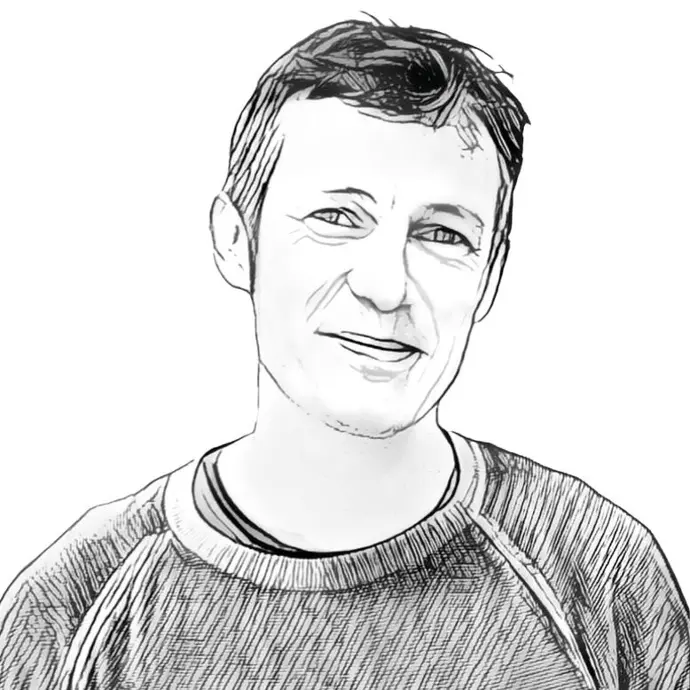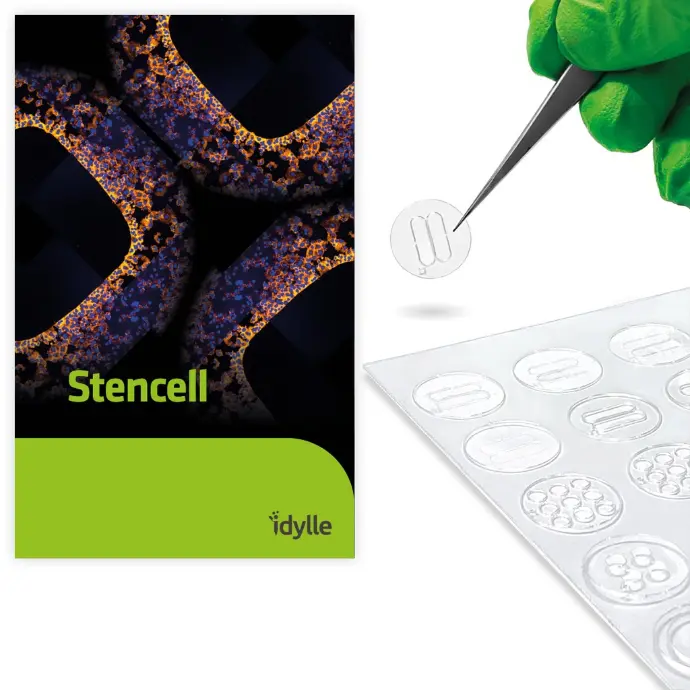
Pierre-Olivier Strale
Bordeaux
Who is Pierre-Olivier Strale ?
The scientist & the sticky solution
Stencell traces its roots back to early 2000s microfluidic innovations, small, flexible “stickers” developed in pioneering labs like here. These early prototypes already hinted at a powerful idea: what if cell culture chambers could be as simple as placing a soft sticker under a microscope?

Stencell: reinventing microfluidics, one peel at a time
Today’s Stencell builds on that legacy. It’s a removable PDMS chamber that sticks onto standard glass slides or petri dishes without glue or adhesives. Once you're done culturing, just peel it off, no residues, no mess, and the glass stays clean. Its design makes it perfect for creating precisely defined cell areas, a key requirement for the wound healing assays for example.
Why researchers love It
-
Rapid setup: peel and stick to start experiments in seconds
- PDMS perks: optically clear, and ideal for live-cell imaging
- Versatile designs: single- or multi‐chamber formats to suit various experimental needs
- Compatible with modern assays: from drug screening to co-culture studies

Several publications
Pasturel A, Strale PO, Studer V. Tailoring 3D cell culture templates with common hydrogels. bioRxiv preprint 370882; doi: https://doi.org/10.1101/370882
Ruprecht V, Monzo P, Ravasio A, Yue Z, Makhija E, Strale PO, Gauthier N, Shivashankar GV, Studer V, Albiges-Rizo C, Viasnoff V. How cells respond to environmental cues - insights from bio-functionalized substrates. J Cell Sci. 2017 Jan 1;130(1):51-61. doi: 10.1242/jcs.196162. Epub 2016 Nov 17. PMID: 27856508.
Strale PO, Azioune A, Bugnicourt G, Lecomte Y, Chahid M, Studer V. Multiprotein Printing by Light-Induced Molecular Adsorption. Adv Mater. 2016 Mar 9;28(10):2024-9. doi: 10.1002/adma.201504154. Epub 2015 Dec 21. PMID: 26689426.
Strale PO, Duchesne L, Peyret G, Montel L, Nguyen T, Png E, Tampé R, Troyanovsky S, Hénon S, Ladoux B, Mège RM. The formation of ordered nanoclusters controls cadherin anchoring to actin and cell-cell contact fluidity. J Cell Biol. 2015 Jul 20;210(2):333-46. doi: 10.1083/jcb.201410111. Erratum in: J Cell Biol. 2015 Sep 14;210(6):1033. PMID: 26195669; PMCID: PMC4508897.
Plestant C, Strale PO, Seddiki R, Nguyen E, Ladoux B, Mège RM. Adhesive interactions of N-cadherin limit the recruitment of microtubules to cell-cell contacts through organization of actomyosin. J Cell Sci. 2014 Apr 15;127(Pt 8):1660-71. doi: 10.1242/jcs.131284. Epub 2014 Feb 12. PMID: 24522194.